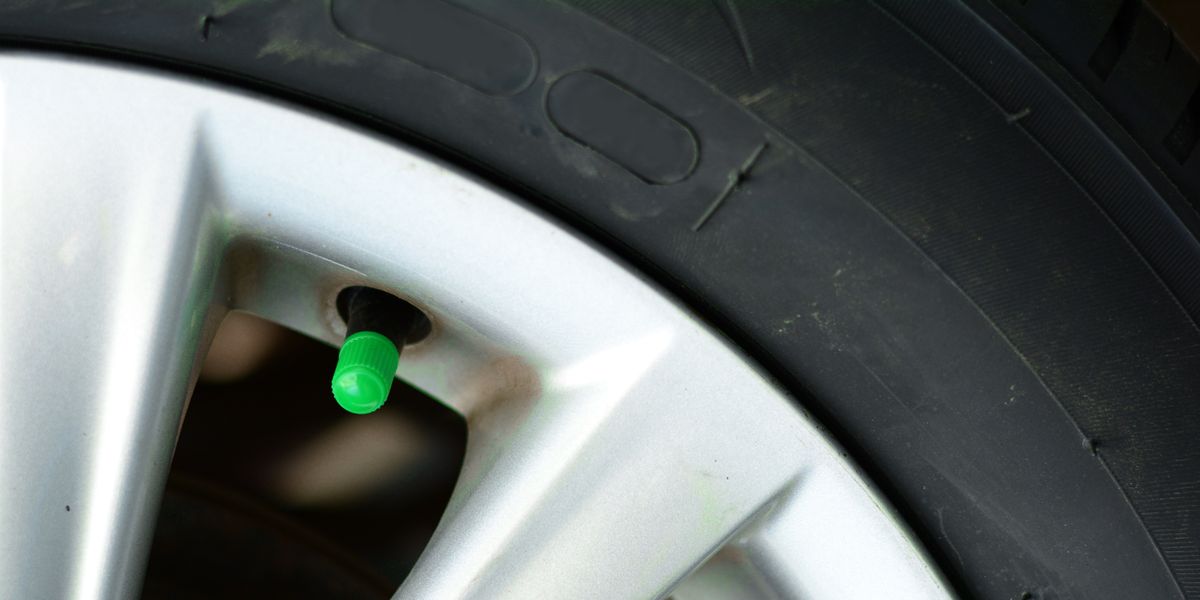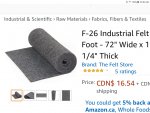Trials
Well-known member
Condensation kills.
Every time your shed goes from hot to cold to hot :/ that produces condensation somewhere inside anything that is open to the atmosphere.
You guys still putting air in your race bike tires you know all the reasons why nitrogen is better?
you know all the reasons why nitrogen is better?
Every time your shed goes from hot to cold to hot :/ that produces condensation somewhere inside anything that is open to the atmosphere.
You guys still putting air in your race bike tires















